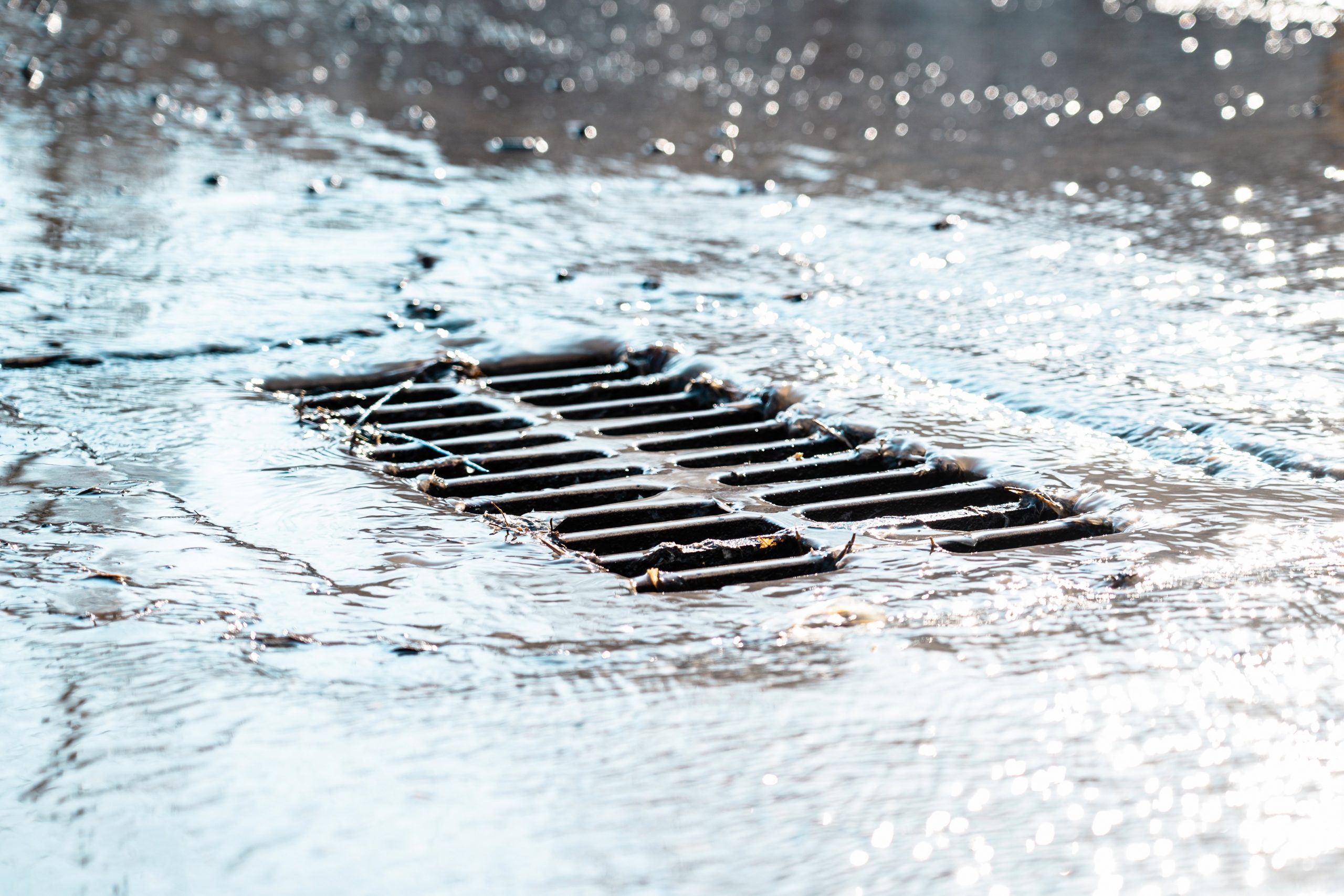The rain did stop in Wanaka over winter — but not very often.
Records can confirm it — it was the second›wettest winter in Wanaka.
It was about one heavy day of rainfall away from setting a record.
Over the three months of winter, 362mm of rain fell in Wanaka, which was 195% above normal.
The wet weather was caused by various weather patterns, which appeared right throughout winter.
It started early with thunderstorms delivering periods of heavy rain on June 12.
Flooding was reported on State Highway 6 between Cromwell and Luggate, and the intersection of Frankton and Perkins Rds in Queenstown.
On July 18-19, an active front brought persistent rain to the West Coast with large amounts of spillover into Otago as well as southern Canterbury and the high country.
Flooding and a slip cut off the villages of Aoraki/Mt Cook and Lake Ohau from State Highway 8 Omarama to Tarras (Lindis Pass), and the section between Omarama and Twizel was also closed overnight due to slips.
But it was not all bad — the Upper Clutha region managed to escape an atmospheric river of moisture extending from the tropics which impacted New Zealand with a long-duration heavy rain and flooding event. This happened on August 16-20 and wrecked havoc in areas such as Wellington and Nelson.
The resulting wet weather has been a blessing somewhat for farmers with above normal soil moisture measured in inland Otago.
Niwa climate scientist Nava Fedaeff said the wettest winter on record for Wanaka was in 1970 with a rainfall total of 377mm.
Records began in 1927.
Ms Fedaeff said the 1970 reading was from Lake Hawea as groupings of records are used for some areas as weather stations open and close frequently.
The breakdown of the rainfall amounts by month are: June, 128.4mm; July, 102.2mm and August, 131.8mm.
The wettest periods of winter in Wanaka were on June 8›14, where a lot of rain actually fell as snow, while the event in July, which affected the West Coast and drifted across the main divide, also impacted on Wanaka.
She said none of the winter months were in the top four of being the wettest on record but the totals were about double what you would expect each month so it was consistently wet.
Queenstown and Clyde both recorded their second-highest rainfall winters on record. Queenstown had a hefty 430mm, which was 214% above normal. Records began in Queenstown in 1871.
Clyde had 163mm of rain which was 191% above normal. Records started in Clyde from 1978.
It was also hot and windy at times as across the country it was the hottest winter on record.
Wanaka also recorded the its highest ever wind gust since wind records began in 1992 with 115kmh gust being recorded on August 5 where high winds caused downed power lines and damaged trees right across Central Otago and Southland.





